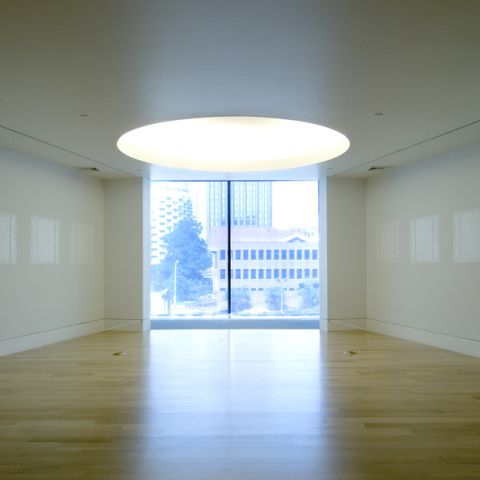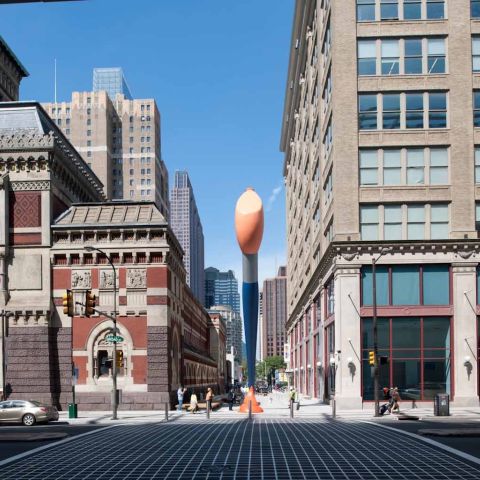American Art at the Turn of the 20th Century: Impressionism, Ashcan and the Gilded Age
Now on view at the Pennsylvania Academy of the Fine Arts (PAFA) are paintings and sculptures from the permanent collection relating to American Impressionism, the Ashcan School and the Gilded Age created between the mid-1880s and ca. 1920.
American art changed radically in the forty year span between 1880 and 1920 – change that mirrored the dramatic shifts in American society in the same period. Increased industrialization and a massive influx of immigrant labor combined to create great wealth for the individuals who commissioned artists like Cecilia Beaux to capture their likenesses in elegant life size “Grand Manner” portraits. This extreme growth in wealth during the era earned it the ironic title of the Gilded Age, embodied in the society portraits in this gallery, while also ushering in a period of staggering income inequality.
In the art world, the introduction of French Impressionism to American artists in 1886 changed the way artists captured the world on canvas. Rather than aiming to recreate illusionistic spaces in the studio like the artists of previous generations, American impressionists sought to create “impressions” of life, painting with un-modulated colors and sketchy brush strokes. Painters in the Ash Can School responded to the changing times in a very different way, creating works of gritty urban realism that captured over-crowded cities, rapid industrialization and burgeoning immigrant cultures.
Explore More Exhibitions
We're so excited you're planning to visit PAFA!
Make time for art — visit us Thursday to Sunday.
Before reserving your tickets, please review helpful information about museum hours, accessibility, building access, and special admission programs.
If you have any questions, feel free to reach out to us at visitorservices@pafa.org — we’d love to help!


